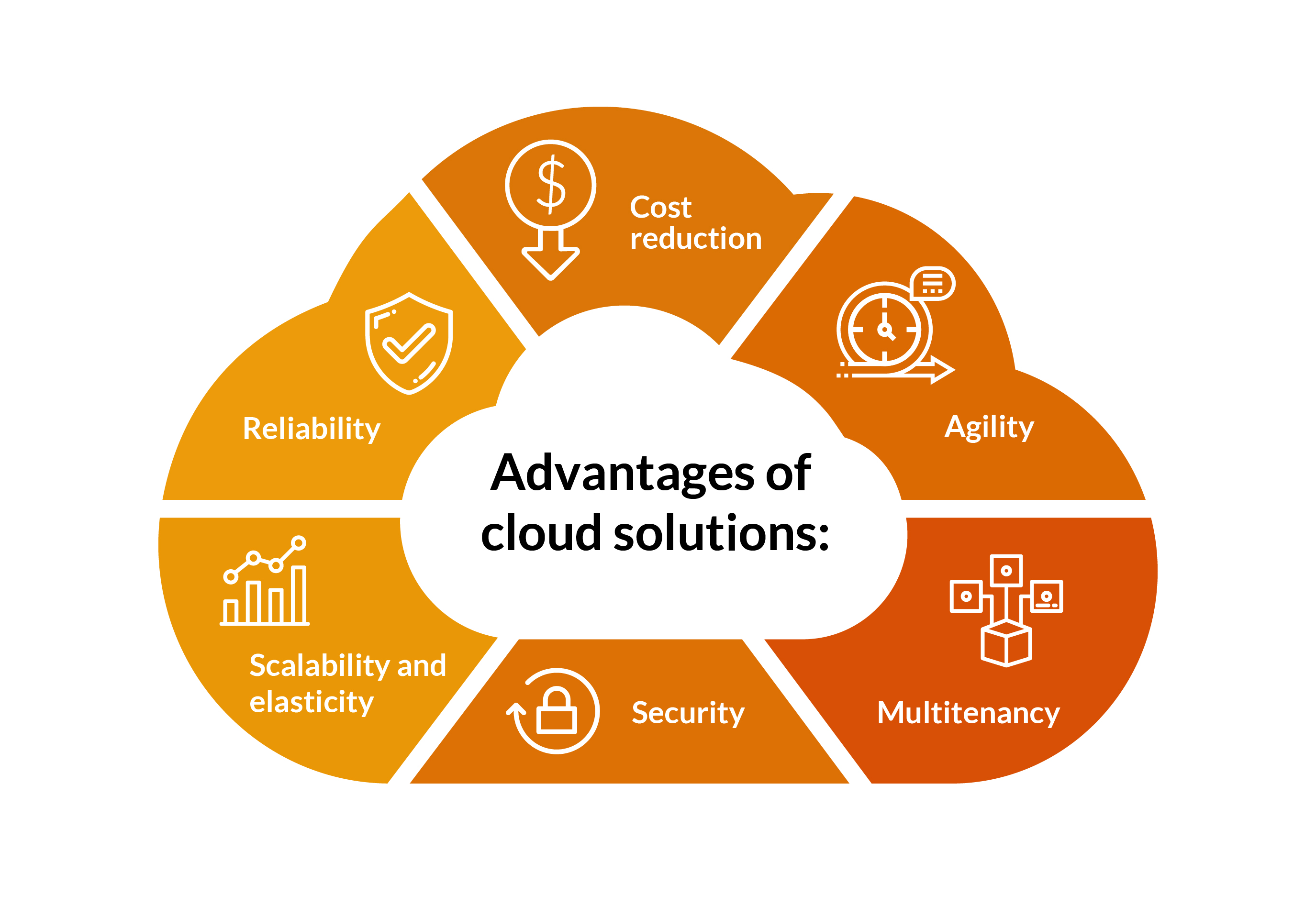LinkDaddy Cloud Services Unveiled: Specialist Methods for Cloud Services Press Release Excellence
LinkDaddy Cloud Services Unveiled: Specialist Methods for Cloud Services Press Release Excellence
Blog Article
Simplify Your Framework With Cloud Services
As organizations navigate the ever-evolving landscape of technology and information administration, the role of cloud services in streamlining infrastructure has actually become increasingly noticeable. Exactly how can organizations successfully navigate this transition and genuinely unlock the capacity of cloud solutions for simplifying their facilities?
Advantages of Cloud Solutions
Cloud solutions supply a structured technique to managing IT infrastructure, offering services with flexibility, scalability, and cost-efficiency. One of the key benefits of cloud services is the scalability they supply. Organizations can quickly scale their sources up or down based upon need, guaranteeing they only spend for what they make use of. This adaptability is particularly beneficial for organizations with rising and fall requirements or those experiencing growth.
In addition, cloud services get rid of the need for companies to purchase pricey software and hardware. This cost-efficiency is a substantial benefit, particularly for small to medium-sized business aiming to reduce in advance prices. By utilizing cloud solutions, organizations can access high-quality IT resources without the large price connected with standard infrastructure setups.
Additionally, cloud services offer businesses with the adaptability to access their data and applications from anywhere with an internet link. This degree of access enhances cooperation amongst teams, enables remote job, and enhances overall productivity. The versatility used by cloud services encourages companies to adjust promptly to transforming market problems and customer needs.
Cost Savings and Scalability
Along with the functional benefits highlighted previously, the combination of cloud solutions right into a firm's facilities generates significant expense financial savings and enhanced scalability. Cloud services offer a pay-as-you-go version, allowing businesses to scale resources up or down based on current requirements, thus avoiding the expenses connected with maintaining excess capacity. This versatility allows companies to adapt quickly to changing needs without sustaining unnecessary expenditures.
Moreover, cloud services remove the demand for in advance financial investments in equipment and software application, lowering funding expenses. General expenses are additionally decreased as companies no more need to take care of and keep physical servers, resulting in reduced energy consumption and IT staffing prices. Furthermore, cloud solutions offer automatic updates and maintenance, guaranteeing that the framework continues to be safe and secure and updated without calling for hands-on treatments.
Improved Security Measures
Applying rigid safety and security procedures is paramount when incorporating cloud services right into a company's infrastructure to ensure and safeguard sensitive information compliance with market regulations. Cloud service providers offer enhanced protection functions such as data security, firewall security, and multi-factor authentication to alleviate cybersecurity risks.
Moreover, routine safety audits and compliance evaluations aid make sure and identify susceptabilities adherence to industry standards. Companies can also gain from attributes like computerized protection updates and real-time hazard tracking provided by cloud provider. By prioritizing security actions and staying positive in attending to prospective dangers, businesses can with confidence take advantage of cloud services while securing their important information from unauthorized access or violations.
Transitioning to Cloud Facilities
To successfully integrate cloud solutions right into a company's facilities, an organized technique that addresses the change towards cloud-based remedies is vital. Transitioning to shadow framework includes mindful preparation and implementation to guarantee a smooth movement process. The initial step is to assess the current infrastructure and figure out which applications and systems are suitable for migration to the cloud. This assessment must consider elements such as data level of sensitivity, compliance requirements, and efficiency demands.
As soon as the assessment is complete, a migration strategy need to be created. This method ought to check that lay out the timeline, resources, and responsibilities for relocating each part to the cloud. It is vital to communicate this plan clearly to all stakeholders to ensure alignment and minimize disturbances during the transition.
During the movement process, testing and tracking are important to determine and address any kind of problems without delay. Regular checkpoints should be developed to track progression and make essential adjustments. In addition, training for staff members on utilizing cloud services need to be supplied to guarantee a successful change and take full advantage of the benefits of the new infrastructure.
Finest Practices for Cloud Adoption
Successful fostering of cloud solutions pivots on the strategic positioning of organization purposes with technological capabilities and business preparedness. To make sure a smooth change to the cloud, organizations must start by conducting an extensive analysis of their existing infrastructure and identifying which workloads are best fit for cloud migration. It is essential to entail crucial stakeholders from various divisions in the decision-making process to gain buy-in and deal with any type of problems beforehand.
Another best technique for cloud fostering is to focus on security and conformity. Organizations must carefully assess the protection procedures used by cloud service suppliers and ensure that their information is protected according to industry standards and governing see this demands. Executing durable data file encryption, accessibility controls, and normal security audits can aid reduce risks connected with cloud adoption.

Conclusion

As services browse the ever-evolving landscape of technology and data administration, the function of cloud solutions in streamlining framework has come to be significantly popular - Cloud Services. Exactly how can services efficiently browse this shift and absolutely unlock the potential of cloud services for simplifying their framework?
Cloud services offer a structured approach to handling IT infrastructure, offering organizations with cost-efficiency, versatility, and scalability. anonymous By using cloud services, organizations can access top notch IT resources without the significant rate tag associated with standard infrastructure configurations.
To ensure a smooth change to the cloud, companies must start by performing a thorough evaluation of their existing framework and recognizing which work are best suited for cloud migration.
Report this page